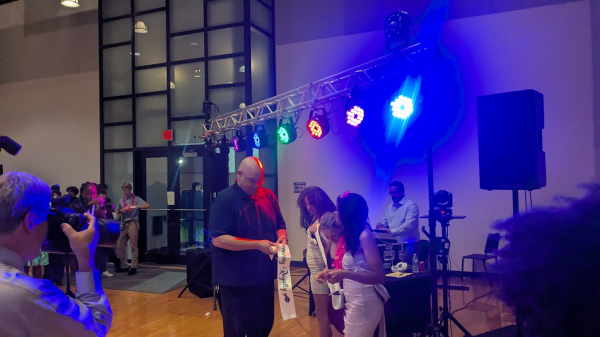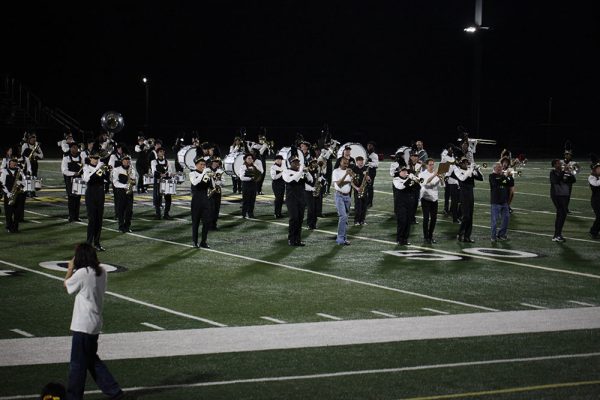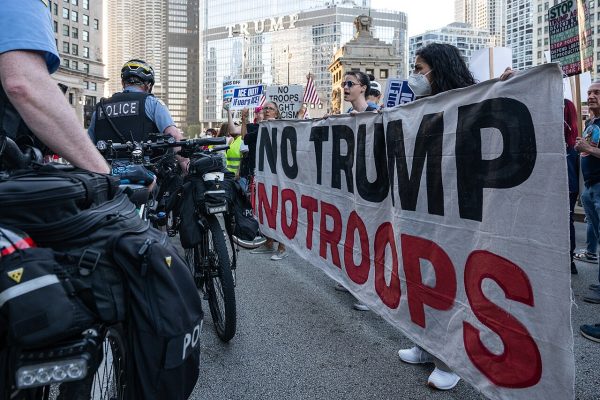‘That’s Not What Happened’ Explores a Community in Turmoil After a School Shooting
Image source: kodykeplinger.com
“By removing the shooter’s name, the author forces the reader to focus on the characters and their circumstances and not spend any time fascinating on the shooter.”
What goes on in the lives of school shooting survivors after the news trucks and the cameras are gone?
That’s Not What Happened by Kody Keplinger explores the life of high school senior Leanne “Lee” Bauer and her friends as they cope with loss, betrayal, hope and addiction in their small community of Virgil County, Indiana.
It’s been three years since the shooting at Virgil County Hope High School left nine students and two teachers dead. After all this time, Lee has one mission on her agenda: to set the record straight.
After a rumor about Sarah’s last words spreads like wildfire, her best friend Sarah becomes a martyr for young Christian teens around the world who have lost their faith in God. Sarah was painted as a hero who defended her Christian faith and stood up to the shooter, which cost her her life.
But only Lee knows that Sarah herself had lost touch with her faith; that she never wore her necklace; that the real reason she was in that bathroom was to cover up a hickey from her secret boyfriend. When Sarah’s family plans to make a book about their daughter’s fabricated act of heroism, Lee tries to get the truth out before it’s too late… and it isn’t easy.
This book was a whirlwind for me. I couldn’t stop reading it, and even after it was over, I thought for days about the characters and imagined their futures. I appreciated the diversity of the characters despite the setting being a small Christian town. The addition of Denny, a young blind black teenager; Eden, a Hispanic college student coping with the loss of her cousin; and Leanne herself, discovering her asexuality while having a crush, provided refreshing perspectives to the readers.
Their circumstances became intertwined in their overarching storylines, leaving room for rich storytelling and progressive development. I felt that all of the characters were fleshed out properly but still open and accessible enough to allow the reader to collaborate in their creation.
Another part of the book I appreciated was the erasure of the shooter’s name. Throughout the book’s 336 pages, the shooter’s name was not mentioned once, and if it was, a black rectangular box blurred it out, or he was referred to only as “him”.
When school shootings happen, the media too frequently will focus on the shooter, their motives and of their lives leading up to the massacre. More than twenty years after the Columbine shootings, many people can name the shooters but can’t name any of their 15 victims.
By removing the shooter’s name, the author forces the reader to focus on the characters and their circumstances and not spend any time fascinating on the shooter. You would think blurring out the shooter’s name would lead to digging deeper for any remnants of who he was, but through the grooved and extensive story, he became an afterthought.
Another part of the book that held me captive was the interweaving of letters from the survivors. As Leanne cycled through ways to flip the narrative and reveal the truth about her best friend, she asked her friends to write letters about what happened to them that day and to share how they were coping in the years since.
The story told through both letters and narrative was very immersive and humanized the teenagers. Characters whose stories would have been no more than tragic subplots became real human beings who exist outside of a news cycle and whose lives still continue after the shooting.
As a reader, I felt like I had the inside scoop into the characters’ lives and the true impact the incident had: Ashley, who became paralyzed after being shot in her back, but redeveloped a strong connection to Christ due to the myth about Sarah; Eden, an outspoken activist for gun control who binge drinks at night to cope with the pain of it all; Denny, who lost two of his best friends within the span of seconds and tries to be more than a blind black kid in the wrong place at the wrong time; Miles, a rampant troublemaker turned hero, but much like Sarah, his role as hero during the shooting is nothing but the truth; and Kellie, ostracized from her own town for trying to come forward.
A quote from That’s Not What Happened that stood out to me was “Sometimes, it’s okay to believe things that aren’t true. Sometimes it’s necessary.” The book explores the complexities of the human grief systems and how we try to come with a solution to an unsolvable equation. Sarah’s story gave hope to her parents, the community, and millions of people around the nation that her death wasn’t in vain. It helped seal away the real truth: that Sarah was nothing more than a vulnerable teenage girl stuffed in a bathroom stall with her best friend.
I rate this book at a 9/10. It’s one of those books that I enjoyed thoroughly but cannot bring myself to read it again because another read couldn’t live up to the emotion felt the first time through. This was not a 10/10 for me due to the repetitive nature of switching between letter and narrative and some parts being predictable. I am excited to see Keplinger’s future work in the young adult genre and the next story she conquers.

Carrington Peavy (she/her) began writing for the Beachcomber in 2017. She likes to cover in depth investigative stories. In addition to writing for the...













Hailey • Jan 18, 2024 at 4:31 PM
And I kinda wanna know who is the Massacre?
Hailey • Jan 18, 2024 at 4:30 PM
This book made me really inspired and know I am righting about the book so thank you to whom ever made this book
Jasmine • Apr 17, 2023 at 5:59 PM
I personally loved this book. For me it was a 10/10. But I could see why you may vary.